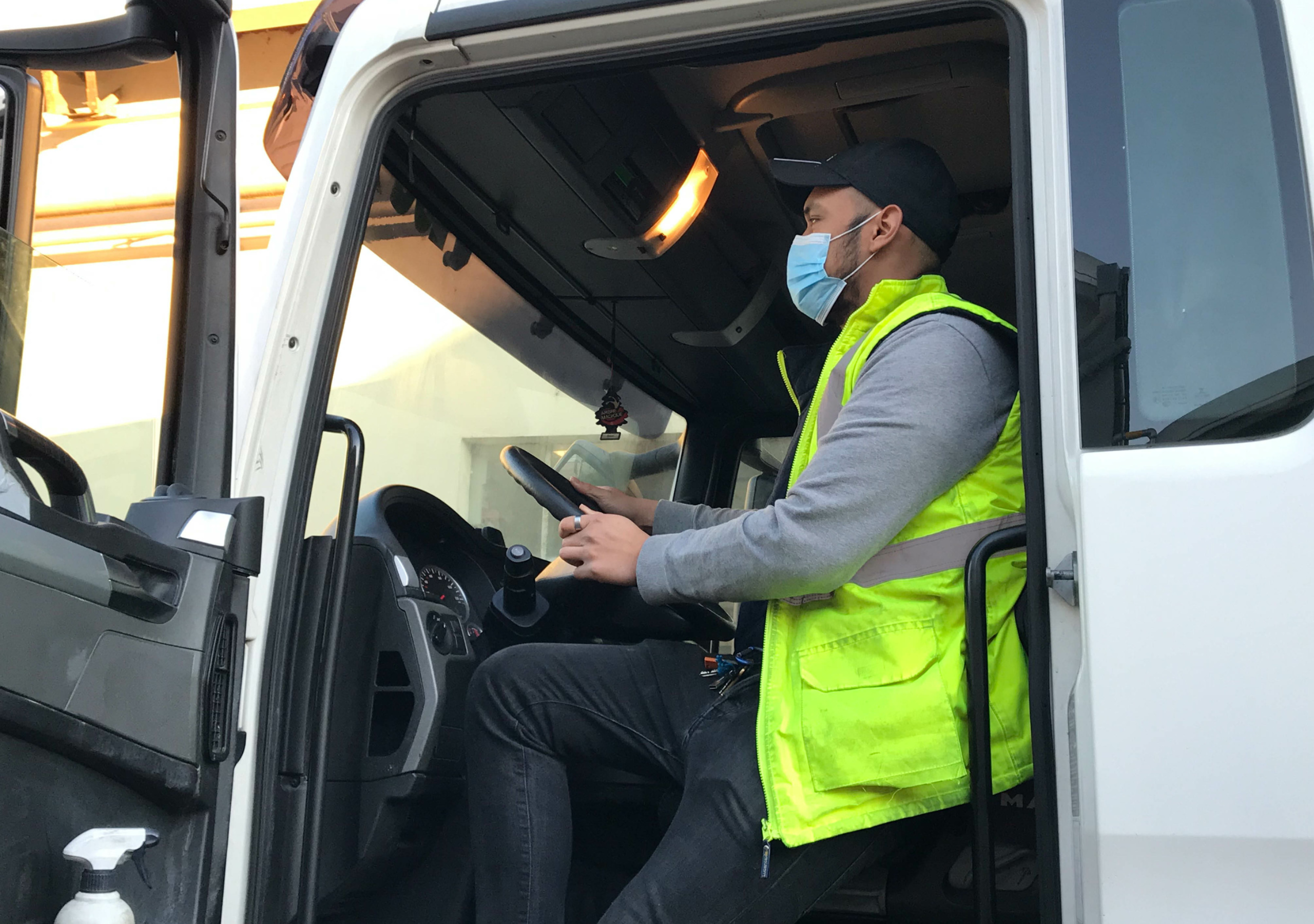There are a handful of intimidating aspects of becoming a CDL driver. For starters, you’re going to be driving an 18-wheeler or some sort of large automobile, which is often tricky. Some drivers might be driving stick-shift. Sometimes it’s the non-driving processes that complicate things for new drivers.
Still, there’s one thing that trips up more drivers than anything else — the drug test.
It seems pretty simple — you’re either going to test positive or you’re going to test negative. Unfortunately, there are more than a large handful of drivers who are either going to test positive or find themselves in a grey area. To be specific, that large handful includes 70,000 drivers who have been removed from their position since 2020 because of a marijuana-related failed drug test.
If you’re part of that group, don’t worry. We’re going to give you all of the information you need about your DOT drug test.
What drugs are included in a DOT drug test?
- Marijuana metabolites/THC
- Cocaine metabolites
- Amphetamines (including methamphetamine, MDMA)
- Opioids* (including codeine, heroin (6-AM), morphine, hydrocodone, oxycodone, hydromorphone, and oxymorphone)
- Phencyclidine (PCP)
According to Concentra, the list above contains all of the drugs that a DOT drug test looks for. Most of these make sense — obviously, you wouldn’t want somebody who uses cocaine, meth, or heroin behind the wheel of a five-ton vehicle. The outlier on this list is marijuana, which we will cover in the next section.
Do the Department of Transportation and trucking companies treat marijuana like any other drug?
The short answer here is yes. So is the long answer.
The DOT tests for THC via urine test. This is good news for those who think they’re on the fence, as urine will usually sweep the THC out of your system in a month or less. If you’re a light or moderate user, it should be gone within a week, giving you almost no excuse to fail your DOT drug test. This contrasts with a hair test, which can leave traces in your system for up to six months.
The bad news, once again, is that marijuana in your system will be treated the same way as cocaine, methamphetamines, heroin, or any other hard drug.
If you want advice from somebody who watches drivers fail drug tests every day, here it is — stop using marijuana as soon as possible before your drug test. If you try to continue and dilute your urine before the test, it will come up inconclusive, which equates to a positive result. If you try to use fake urine, the temperature will be off and you will receive a positive result. Either stop doing it or find another career. This stuff happens every day. Be smart.
There is some controversy surrounding the Department of Transportation’s treatment of marijuana as a drug, especially for drivers who reside in states where it is legal recreationally. Unfortunately, the DOT does not care. You will still get tested for marijuana and if you test positive, you will not be allowed to drive a truck. There are no excuses. Even medical users will be rejected.
It’s important to note that the DOT is testing for THC and not CBD. Still, most CBD products contain trace amounts of THC (up to 0.3%) and could give you a positive test, so be extremely careful if you are a CBD user.
The only advice here is to stop consuming marijuana as soon as you can.
What kind of test will you receive?
A DOT-regulated drug test will likely use a urine sample. Still, some companies may choose other options like a hair test. That said, it’s extremely unlikely that they would do this if you do not have any history involving failed drug tests.
Where do DOT drug tests take place?
There are plenty of facilities that will give you a DOT drug test but it will usually be decided by your employer. Our company, Whiteline Express, goes through Concentra.
What happens if you fail a DOT drug test?
Okay, let’s say, hypothetically speaking, that you’ve already failed your DOT drug test.
I’ll be honest, it’s not looking good for you. That said, you’re not completely screwed — there are options for those who have received a negative test.
The positive here (other than your drug test) is that the trucking industry has a huge shortage of drivers. You will still be able to find work, it might just be a less attractive company with less attractive pay.
You’ll also have to go through a return-to-duty SAP (Substance Abuse Professional) program before you can drive again. There’s no specific time for how long this will take, as it depends case-to-case, but it will require you to be tested six times in your first year back at work. Depending on your case, you could continue to be tested for a total of five years.
You may also be required to test for a few reasons.
- Reasonable suspicion/cause
- Random testing
- Return-to-duty testing
- Follow-up testing
- Post-accident testing
Other questions?
If you have any other questions about DOT drug tests, feel free to reach out to Whiteline Express on Facebook, Twitter, or Instagram.




